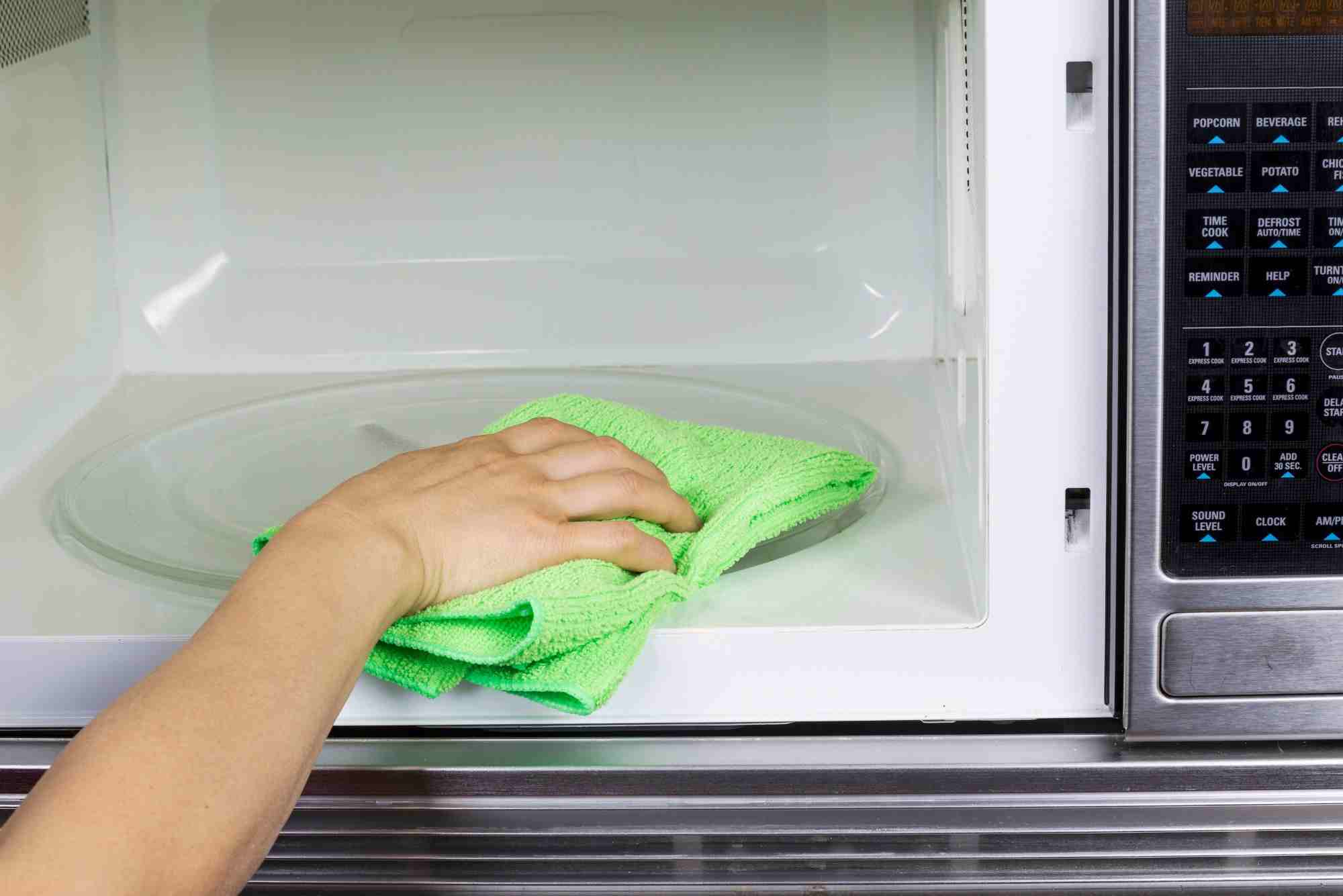A kitchen sponge is one of the most bacteria-prone items in your home, often harboring more germs than a toilet seat. Regularly cleaning and sanitizing your sponge is essential to prevent the spread of harmful bacteria. One of the quickest and most effective ways to disinfect a kitchen sponge is by using a microwave. This guide will walk you through the step-by-step process of cleaning your sponge in the microwave, discuss its benefits, and share additional cleaning tips.
Why You Should Clean Your Kitchen Sponge Regularly
Kitchen sponges absorb food particles, grease, and moisture, creating the perfect breeding ground for bacteria. Neglecting proper cleaning can lead to cross-contamination and foodborne illnesses. When a sponge is used repeatedly without proper sanitization, harmful bacteria such as E. coli and Salmonella can thrive, posing serious health risks.
Additionally, a dirty sponge can develop an unpleasant odor, making your kitchen feel unclean. Regularly sanitizing your sponge not only eliminates bacteria but also extends the lifespan of the sponge, reducing the need for frequent replacements. A fresh and clean sponge ensures that your dishes, countertops, and kitchen surfaces remain free from harmful germs, contributing to a healthier cooking environment.
How to Clean a Kitchen Sponge in the Microwave
Step 1: Gather Your Supplies
Before you start, make sure you have a dirty kitchen sponge, a microwave-safe bowl or plate, and water. For enhanced disinfection, you can also use white vinegar or lemon juice. These natural ingredients have antimicrobial properties that can help eliminate bacteria more effectively.
Step 2: Soak the Sponge
Begin by thoroughly rinsing the sponge under running water to remove any food particles and debris that may be trapped within the fibers. This step ensures that the microwave can effectively sanitize the sponge without interference. After rinsing, fully saturate the sponge with clean water. This is a crucial step because microwaving a dry sponge can pose a fire hazard.
If you want to enhance the sanitization process, you can add a tablespoon of white vinegar or lemon juice to the sponge before microwaving. These natural disinfectants work by breaking down bacteria and neutralizing odors, leaving your sponge fresher for longer.
Step 3: Microwave the Sponge
Place the soaked sponge on a microwave-safe plate or bowl. Ensure that it is positioned properly to allow even heating. Set the microwave on high power and heat the sponge for one to two minutes. The heat generated by the microwave effectively kills bacteria and sanitizes the sponge, making it safe for further use. Be cautious when removing the sponge from the microwave, as it will be extremely hot. Allow it to cool for a few minutes before handling it to avoid burns. Once cooled, rinse the sponge under running water to remove any remaining residue and squeeze out excess moisture.
Alternative Methods to Clean a Kitchen Sponge
If you do not have a microwave, there are several other methods to effectively clean and sanitize your kitchen sponge. One method is boiling water. Submerging the sponge in boiling water for five minutes helps kill bacteria and remove accumulated grease and grime. Another option is using a dishwasher. Placing the sponge in the top rack of a dishwasher and running a hot water cycle with a drying setting ensures deep cleaning and sanitization.
Additionally, a bleach solution can be used by soaking the sponge in a mixture of one part bleach to nine parts water for ten minutes. This powerful disinfectant eliminates nearly all germs and bacteria, making your sponge safe to use again.
Eco-Friendly Cleaning Options
For those who prefer environmentally friendly cleaning methods, there are several sustainable options available. Reusable silicone sponges are an excellent alternative to traditional sponges. They resist bacterial growth, are easy to clean, and can be sanitized in the dishwasher. Compostable sponges made from natural materials such as cellulose and loofah are another eco-conscious choice. These sponges can be composted after use, reducing waste and environmental impact.
Additionally, a baking soda and vinegar soak is a natural way to clean and deodorize your sponge. The combination of these two ingredients creates a fizzy reaction that breaks down grime and eliminates unpleasant odors, leaving your sponge fresh and ready for use.
Choosing Professional Cleaning Services
While regular sponge maintenance is essential, professional cleaning services can provide a more thorough approach to kitchen hygiene. A professional service can ensure that your kitchen remains spotless by using specialized cleaning techniques and eco-friendly solutions. When selecting a cleaning service, consider its reputation and customer reviews. Reading testimonials from previous clients can help you determine the reliability and efficiency of a cleaning service.
Additionally, inquire about the cleaning methods they use, ensuring they incorporate eco-friendly and non-toxic products. A reputable service will also offer a variety of service packages, allowing you to choose one that best fits your kitchen’s needs.
Fridge Repair
A well-maintained refrigerator is essential for food safety and kitchen efficiency. Over time, refrigerators may develop issues such as temperature fluctuations, leaks, or excessive frost buildup, which can affect food storage and energy consumption. Seeking professional Fridge Repair services can help diagnose and fix these problems, ensuring that your fridge operates efficiently.
Regular maintenance and timely repairs can prevent food spoilage, reduce energy costs, and extend the lifespan of your appliance. A professional technician can identify underlying issues and perform necessary repairs to restore your refrigerator to optimal functionality.
Stove Repair
A properly functioning stove is crucial for cooking meals efficiently. However, over time, stoves can develop various issues, including uneven heating, faulty burners, and electrical malfunctions. If you experience any of these problems, professional Stove Repair services can help restore your appliance to its best condition. Expert technicians can diagnose the issue, replace damaged components, and ensure that your stove operates safely and efficiently. Regular maintenance and prompt repairs not only improve performance but also enhance the safety of your kitchen.
Final Thoughts
Keeping your kitchen sponge clean is a simple yet essential step in maintaining a hygienic home. The microwave method provides a quick and effective way to eliminate bacteria, ensuring your sponge remains fresh and safe for use. However, alternative cleaning methods such as boiling water, dishwashing, and bleach solutions also offer effective ways to sanitize your sponge. For those seeking eco-friendly options, reusable silicone sponges, compostable sponges, and natural cleaning solutions provide sustainable alternatives.
Investing in professional cleaning services and appliance maintenance can further enhance kitchen hygiene. By adopting proper cleaning habits and seeking professional assistance when needed, you can create a healthier and more efficient kitchen environment for yourself and your family.




